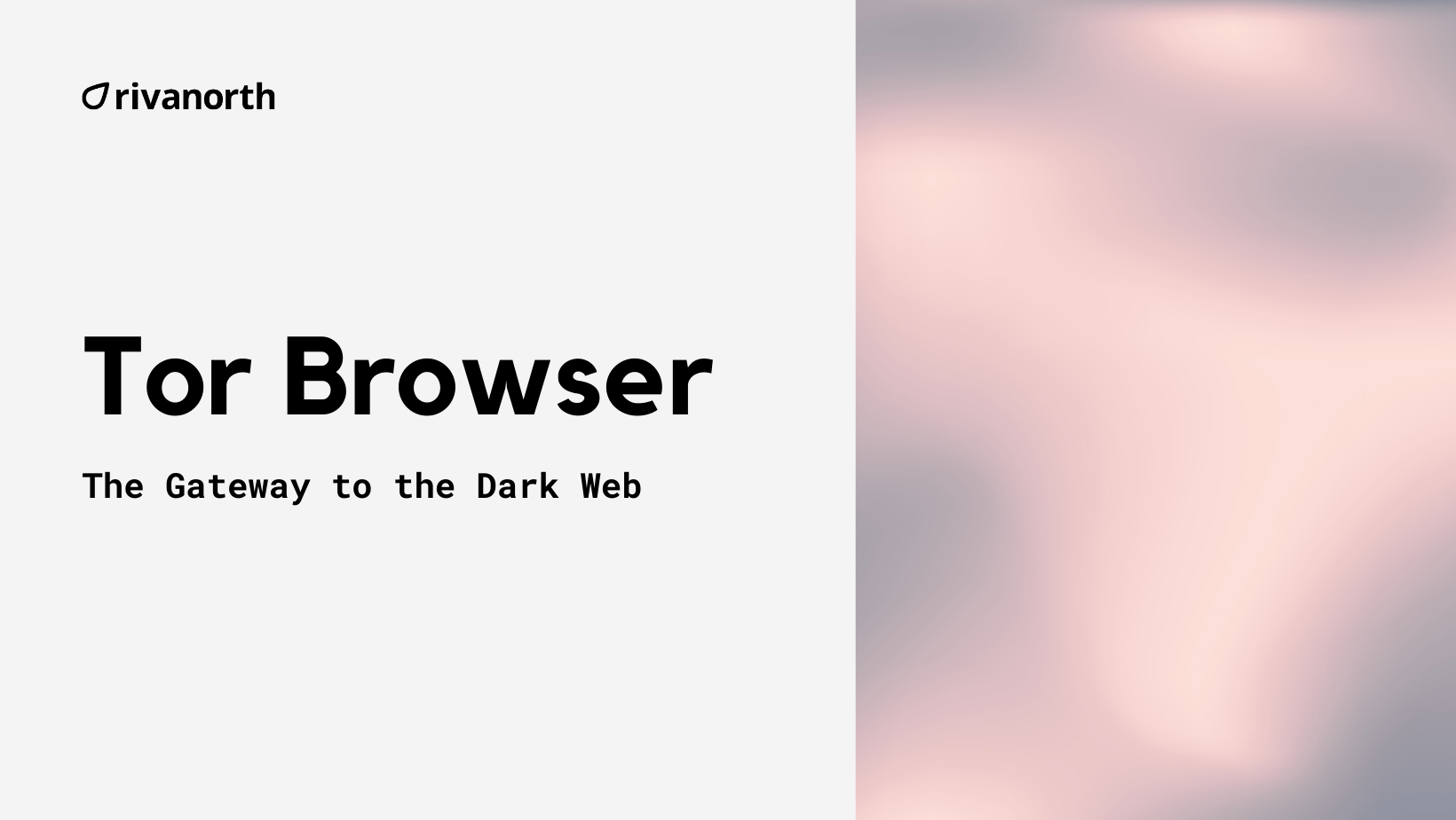
What is Tor?
Tor (The Onion Router) is a web Browser designed to enhance online anonymity by routing internet traffic through a decentralised network. Developed by the Tor Project, it is based on Mozilla Firefox and configured to access the Tor network by default.
This is made possible by allowing users to browse the internet without revealing their IP addresses, making it difficult for websites, advertisers, or even governments to track their online activities.
It consists of thousands of volunteer-operated servers known as ‘nodes’ or ‘relays’. When a user accesses the internet through the Tor Browser, their data is encrypted multiple times and routed through a series of these relays before reaching its destination.
-
Entry Node (Guard Node): The first relay in the circuit, which knows the user's IP address but not the final destination.
-
Middle Nodes: These intermediate relays further obfuscate the path, ensuring that neither the entry nor exit nodes can link the user to the website being accessed.
-
Exit Node: The final relay that decrypts the data and sends it to the intended website. The website only sees the IP address of the exit node, not the original user.
This multi-layered encryption process resembles the layers of an onion, hence the name "Onion Routing."
Onion routing is the core technology underpinning the Tor network. It involves encapsulating messages in multiple layers of encryption, akin to the layers of an onion. Each layer is decrypted at successive nodes (relays) in the network, peeling away one layer at each step, until the message reaches its destination. This process ensures that no single relay knows both the message's origin and destination, thereby preserving user anonymity. Tor’s onion routing is critical for dark web investigation, allowing access to .onion sites hosting leak databases and cybercrime marketplaces.
Why use Tor?
Tor is essential for individuals and organisations who value online privacy, freedom, and security as it prevents ISPs, websites, and third parties from tracking browsing activities, making it a crucial tool for those living under heavy surveillance or censorship.
Journalists and whistleblowers rely on Tor to communicate securely, while activists and human rights defenders use it to share information without fear of persecution. Additionally, Tor allows access to privacy-focused “.onion” services on the dark web, including secure email platforms and cryptocurrency exchanges as well as the ability to access blocked websites in restrictive regions.
It also helps users evade online tracking and profiling by advertisers and data brokers. While Tor offers significant privacy benefits, it should be used alongside other security measures such as VPNs and encrypted messaging to maximise protection.
Risks in Using Tor
Despite its advantages mentioned above, Tor is not exactly foolproof. Tor comes with its limitations, such as:
-
Slower Speeds: The multi-hop routing process significantly slows down internet speeds, making it less ideal for activities requiring high bandwidth.
-
Malicious Exit Nodes: Exit nodes can intercept unencrypted data, posing a risk for users who visit non-HTTPS websites. This vulnerability highlights the need for dark web monitoring Australia to identify exposed data.
-
Government Scrutiny: In some countries, using Tor may attract unwanted attention from authorities as it is often associated with circumventing censorship and accessing restricted content.
-
No Protection Against End-to-End Tracking: If a user logs into an identifiable account (e.g., Gmail, Facebook), their anonymity is compromised.
Protect Your Business with Oko
Australian businesses seeking to safeguard sensitive data can rely on Oko, Rivanorth’s fully managed, automated dark web monitoring solution. Unlike the Tor Browser, which requires navigating the dark web manually and exposes users to risks like malicious exit nodes, Oko leverages the Onion Network to investigate dark web threats on your behalf. Oko delivers:
-
Automated Dark Web Scanning: Continuously monitors .onion sites and dark web marketplaces for stolen credentials, customer data, or proprietary information, ensuring proactive dark web security.
-
Expert Threat Investigation: Conducts dark web investigations without the need for your team to access the Tor Browser, minimising risks and operational hassle.
-
Compliance and Protection: Supports compliance with Australia’s Notifiable Data Breaches (NDB) scheme by detecting and reporting data leaks promptly, enhancing dark web protection for Australian businesses.
With Oko, you gain peace of mind knowing your organisation is shielded from dark web data breaches without the complexities of managing Tor. Click here to discover how Oko can protect your business.
Conclusion
The Tor Browser and the Onion Network provide a powerful means for maintaining anonymity and bypassing internet restrictions. While not entirely foolproof, they serve as essential tools for privacy-conscious users, activists, and journalists. To maximise security, users should combine Tor with best practices such as avoiding personal logins and using additional encryption tools like VPNs and secure email services. Pairing Tor with Australian dark web monitoring solution Oko ensures proactive data leak detection and enhanced cybercrime protection.
Join Our Newsletter